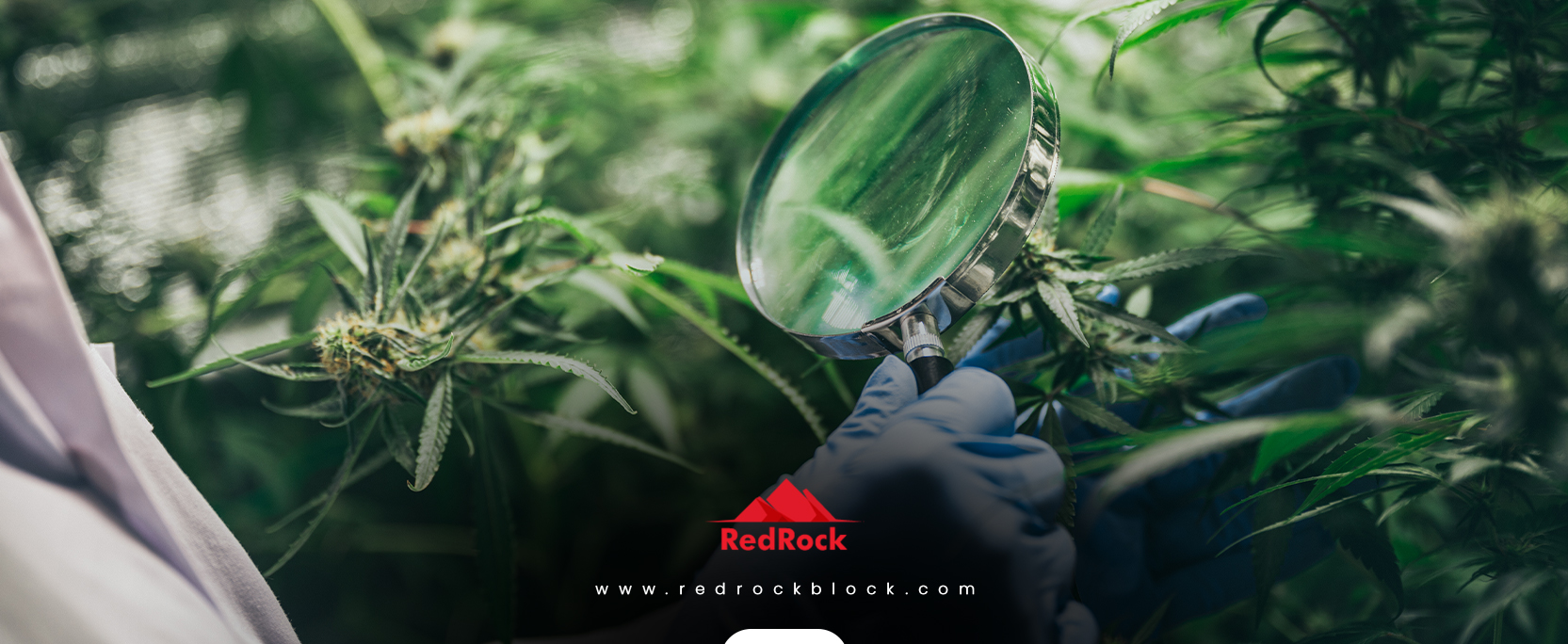HLVd in Hops, Cannabis, and Hemp
HLVd in Cannabis: The Silent Killer of Quality Buds
Knowledge is power and in the commercial horticulture industry, a knowledgeable operator is one that can react quickly and effectively to pests and disease vectors. Great prevention plans and quick response time in the event of an infection or outbreak can make or break a growing season. Growers have pondered the reasons for seemingly random “duds” that are found across varieties of cloned cannabis. After research and testing, it has been found that there is an underlying cause- that cause is the silent vector known as HLVd. Hop Latent Viroid is a single-strand infectious RNA that uses the metabolism of the host plant to thrive and replicate. Although the namesake alerts growers to the risk in Hops, Cannabis and Hemp are also vulnerable as it is a close relative to the hop.
A Viroid Defined
Although the names are similar, a viroid is not the same as a virus. Unlike a virus that has a whole body, viroids are the smallest unit of an infection molecule and are composed of only RNA. It is because of this that a viroid is completely dependent on its host plant for survival and metabolic processes. With the small size of these vectors, detection can be difficult and they do not show the same signs or symptoms that a virus would.
Effects of Hop Latent Viroid (HLVd) on Cannabis and Hemp Crops
Even though this infectious agent can infect precious hemp and cannabis crops, there is a little good news. When infected, the crop will not die or show immediate signs. This is known as a silent vector as the plant will not show immediate and obvious signs of infection like other diseases or deficiencies. There is no curling of the leaves, yellowing, or really any effect on the initial growth of the plant during the germination. However, signs will appear later in the life cycle when the plants begin vegetative growth and then later go to flower and bud. HLVd impacts the number and quality of buds and flowers in cannabis and hemp crops. Once plants enter the vegetative stage past germination with the initial green growth, the plant will grow shorter and in turn have smaller buds and a tighter node spacing. Once in the flowering stage, the plants will have much fewer buds or trichomes. It is estimated that once infected, a plant will produce only around half the quantity of a healthy plant. On a large scale, this can be devastating to the growing season’s profits and overall ability to supply the consumer base.
The Spread of HLVd and its Control
With this silent vector, there are two main ways that a plant can become infected with Hop Latent Viroid. It is most commonly spread through a crop by equipment that has not been cleaned and sanitized properly such as those used for pruning. It is a recommended practice in all facilities, especially hemp and cannabis facilities, to sanitize everything after each use- that includes after every plant. The other method that HLVd spreads through a growing area is through the very beginning. It is common practice to take cuttings or clones from a main mother plant. If the other plant is infected, all clones or cuttings from the infected mother will also carry the infection. This can especially be true when a plant is in the later stages of development when stunted growth may not be as noticeable as younger crops. While seed production does not appear to be the primary mechanism for a transmission, some research has shown that the HLVd infection can be transmitted via seed at approximately an 8% rate. This is why testing of young plants and proper sanitation practices should be employed in the growing operation. If there is even a slight chance of contamination or spread, it should be prevented to the best of a grower’s abilities.
| Methods of Transmission |
|
Every commercial greenhouse operation should have an Integrated Pest and Disease Prevention Plan in place where vectors and pests can be prevented, as well as quickly controlled should an outbreak occur. In the control of this infectious agent, prevention is the main key. This prevention relies heavily on the use of clean mother plants, as well as sanitation of equipment, growing areas, and the use of fresh gloves in the handling of the plants. A simple way to ensure the mother plants are not carriers, is through a qPCR test. Growers can also screen the clones once taken to ensure there is no pathogen in the clones that went unnoticed in the mother plant.
Good cleaning and sanitation practices are essential in the control of this vector, otherwise an operator may need to make tough decisions or have a laborious road of recovery in their grow operation. HLVd’s can be controlled and destroyed through plant tissue culture, however, this process is a very long and tedious process that should only be used for the plants or cultivars that are essential to the business. It should not be the main method of control and prevention.
HPLVd is a viroid that can cause untold losses in production and quality in hemp and cannabis crops. Although it can go undetected until the vegetative and flowering stages, proper testing and prevention measures can prevent the spread or contamination of healthy plants. Sanitation between each plant is essential in preventing the spread. If an outbreak occurs, stopping the spread through the removal of infected plants can cut losses and help recover a growing season before it is too late. If a growing operation finds that their crops have this viroid, steps can be taken to slow it and prevent the future spread of the vector.
Looking for some of the cleanest and purest commercial stonewool grow media available? Click here to check out RedRock Block’s entire line up of the premium and pro versions- https://redrockblock.com/shop/



